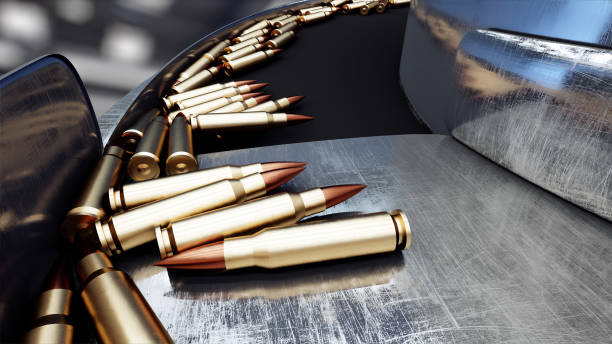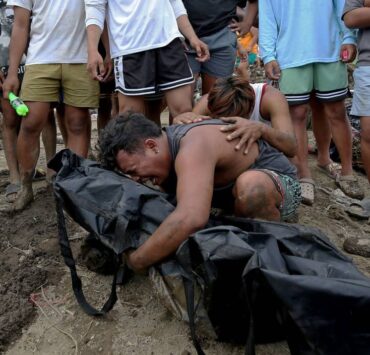US Congress eyes setup of ammo factory, depot at Subic

US lawmakers are looking at establishing an ammunition production and storage facility at the former American naval base in Subic Bay, citing “the lack of a forward-staged ammunition manufacturing” in the Indo-Pacific region.
In its June 16 report, the US House committee on appropriations ordered the US Department of Defense (DOD), the Department of State and the International Development Finance Corp. (IDFC) to assess “the feasibility of establishing a joint ammunition manufacturing and storage facility” at the former US Naval Base Subic Bay.
“The committee is concerned with the lack of a forward-staged ammunition manufacturing facility in the Indo-Pacific,” the report said.
Feasibility study
Such a facility would enable the “forward staging of ammunition stockpiles and related materials,” such as nitrocellulose, nitroglycerin and acid, it said.
The committee also ordered Secretary of Defense Pete Hegseth to provide an update on the progress of the feasibility study within 60 days of the enactment of the proposed 2026 budget for his agency.
On Sept. 16, 1991, the Philippine Senate voted to reject a treaty that would have prolonged the presence of the Subic naval base and other US military installations in the country.
The Armed Forces of the Philippines did not immediately respond to a request for comment on the US House appropriations committee report.
The possible installation of an ammunition production and storage hub follows heightening tension in the South China Sea between China, which claims nearly all of the strategic waterway, and the Philippines and its allies, principally the United States.
The US house committee report did not specify what type of ammunition would be produced at the manufacturing hub.
During Hegseth’s visit to Manila in March, a joint vision statement on US-Philippine defense industrial cooperation identified ammunition, as a priority area “with the greatest potential for near-term cooperation.”
Government Arsenal
It was also unclear whether the joint ammunition production would involve a partnership between the Philippines and the United States, or it would just be among the US DOD, Department of State and the IDFC.
The Philippines already has its own ammunitions factory in Bataan province, which is close to Subic.
The Government Arsenal (GA), situated on a 370-hectare industrial estate in Limay, Bataan, was established under Republic Act No. 1884 in 1957 and construction started 10 years later.
The GA is a civilian line bureau under the Department of National Defense, mandated to design, develop, manufacture, procure, and stockpile military weapons and ammunition for the Philippine government.
Pilot production started in 1973 and by 1974, it had produced its first 1 million rounds of small arms ammunition.
Since then, the GA has consistently supplied small arms ammunition to meet the needs of the AFP and, to some extent, the Philippine National Police.
The reliability of the small arms ammunition was tested during the military’s intensified military operations against the New People’s Army in the Central Philippines. The availability of locally manufactured ammunition helped sustain the government’s operational capacity throughout the campaign.
In October last year, President Marcos signed the Self-Reliant Defense Posture Revitalization (SRDP) Act, which aims to develop the country’s defense industry by finding ways to boost the local production of defense materiel and ammunition.
Under the new law, local defense-related companies will be exempt from national internal revenue taxes, value-added tax and customs duties on imported supplies needed for production, provided that these supplies are not available locally.
Mutual defense
The Philippines and the United States have a Mutual Defense Treaty, which state that the two countries are committed to come to each other’s defense in case of an armed attack on either country.
In 2023, Mr. Marcos also allowed access to US troops into four Philippine military bases—the Camilo Osias Naval Base in Sta. Ana and Lal-lo Airport in Lal-lo, both in Cagayan province; Camp Melchor dela Cruz in Gamu, Isabela; and Balabac, the southernmost island of Palawan province under the Enhanced Defense Cooperation Agreement (Edca).
This was in addition to five sites previously opened for use by US forces by the Aquino administration.
Edca allows the United States to preposition military materiel, aid supplies and personnel in select Philippine military bases or sites to allow it to quickly respond to crises and natural disasters. —WITH A REPORT FROM INQUIRER RESEARCH
















